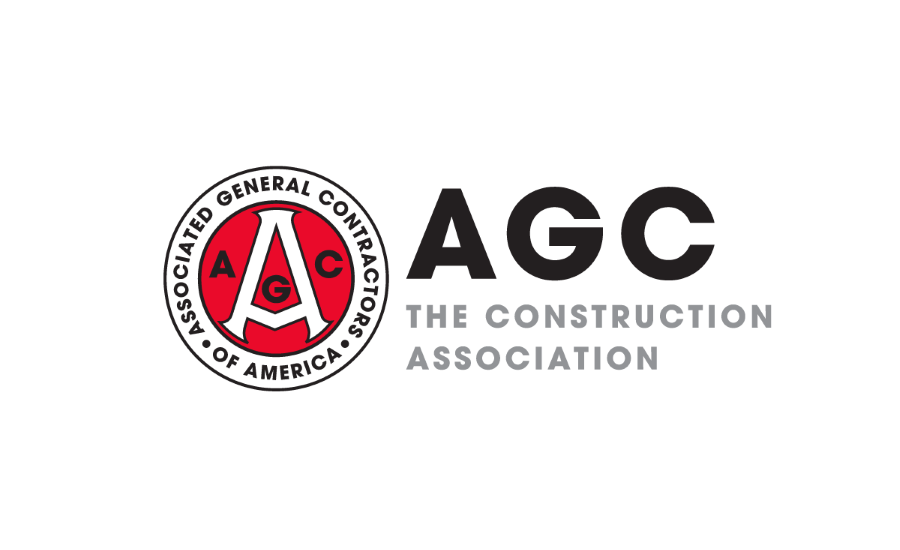The price of materials and services used in nonresidential construction fell 1.3% last month, while contractors’ bid prices rose 5.4%, according to an analysis by the Associated General Contractors of America of government data released today. Association officials noted that, despite the monthly decline, materials prices remain high and the availability of certain key materials is erratic.
“Contractors welcome any relief they can get in the cost of most construction materials,” said Stephen E. Sandherr, the association’s chief executive officer. “But it is still too hard to acquire most materials and prices remain quite elevated for many key products.”
The producer price index for inputs to nonresidential construction--the prices charged by goods producers and service providers, such as distributors and transportation firms—slipped 1.3% from June to July, but remained 14.6% above its July 2021 level. However, there was not an across-the-board decline in prices, as the index for new nonresidential building construction—a measure of what contractors calculate they would charge to erect five types of nonresidential buildings—continued to climb, increasing 5.4% from June to July and 23.9% over 12 months.
There were one-month increases in July in the index for paving mixtures and blocks, 2.7%; concrete products, 2.2%; plastic construction products, 1%; and gypsum building materials, 0.3%. The price index for diesel fuel fell 16.3% in July but remained 71.3% above its July 2021 level. The index for asphalt and tar roofing and siding products fell 0.4% in July but increased 18.8% over 12 months. Steel mill products fell 3.7% in price last month and increased 6.4% year-over-year. The index for lumber and plywood decreased 0.5% in July and fell 7.7% over 12 months. Copper and brass mill shapes fell 9.7% for the month and 7.9% over the past year.
Association officials urged public leaders to continue focusing on measures to ease supply chain challenges and to help lower the cost of key construction materials. They noted that having the Biden administration remove remaining tariffs on key materials would help lower prices. And they added that supply chains for many materials remain challenged amid shipping delays and manufacturing backlogs.
“We are not out of the woods yet when it comes to high materials prices and supply chain problems,” Sandherr said. “Unless public officials can put in place measures to arrest materials’ price inflation and unjam supply chains, contractors will continue to be squeezed by high prices.”




Report Abusive Comment